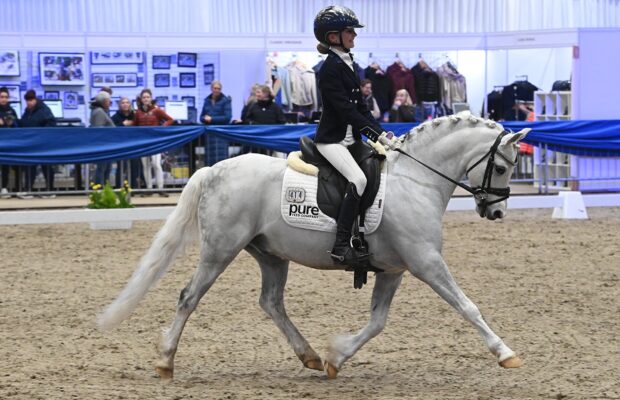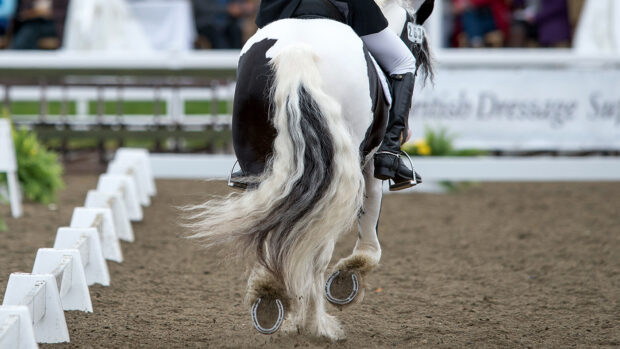Four-star event rider Coral Keen provides one H&H forum user with some helpful advice on how to encourage a horse to work over its back into the contact
Q: “I have a question as I’ve started riding a horse that curls his neck in and you lose all feeling on the bit and in your hands. To solve this, every time he curls I chase him forward until he stops curling, even if that means him coming above the vertical. Now he does it a lot less, however as another evasion he now just tries to lean on my hands and rush forwards. He’s always either doing one or the other. How can I encourage a horse like this to use his back more? I’ve tried riding him long and low into the bit as well as dropping him when he leans. I slow his rush with my body but then as I do he comes behind the bit so then I have to chase him forward again. It all seems like a vicious circle.”
A: The first thing I would suggest is to get his teeth checked and perhaps his back too.
Then it’s worth considering the tack you are using. I tend to find a single jointed bit is better for a horse that doesn’t take the contact forward. It is also worth playing about with his noseband. Sometimes, loosening the cavesson or taking the flash off can have a really positive effect. Many horses don’t like tight nosebands, as they can cause discomfort from the bit, and research has actually shown that they can cause stress too.
Also you could consider the type of bridle you are using. A huge amount of research has gone into Fairfax bridles which I have recently started using, and I’ve felt a huge difference in all my horses.
My overriding advice here is to never under estimate the negative effect a bit and noseband can have on your horse’s way of going.
Continued below…
Related articles:
Once you have sorted this out, and you know his teeth and back are fine, my next question is how strong is your horse over his back?
If you are not sure about your saddle, or your horse’s back, it would be useful to lunge your horse, with whatever aid, such as side reins or a bungee you normally use, to see if the horse is doing the same thing without a rider on.
It might be an idea to use some hill work to strengthen him up through his body, rather than just trying to fix it in the arena.
When you are working in the arena, use transitions and transitions within the pace. Also, use shoulder fore in everything he does, which will keep the hind leg engaged and coming through.

Coral riding shoulder fore
Fundamentally, you need to go back to the scales of training and it comes down to suppleness. To build this, you have to work through the process.
By working in shoulder fore, you will get more connection, rather than when you are riding him straight.
When a horse lacks suppleness, it is useful to work in shoulder fore so that he comes through his body, with his hind leg engaged.
Having someone experienced on the ground will help to ensure you have a correct shoulder fore
He might also be struggling with his balance, which again will cause him to curl in and stop pushing through, and shoulder fore will help with this too.
To ride shoulder fore, with your own body position, bring your inside shoulder and inside hip slightly back, and use your inside leg forwards on the girth and your outside rein. You should just be able to see the horse on three tracks from looking head on, but not on too much of an angle that it breaks the rhythm. Sit up really tall, and be careful not to collapse at the waist.




